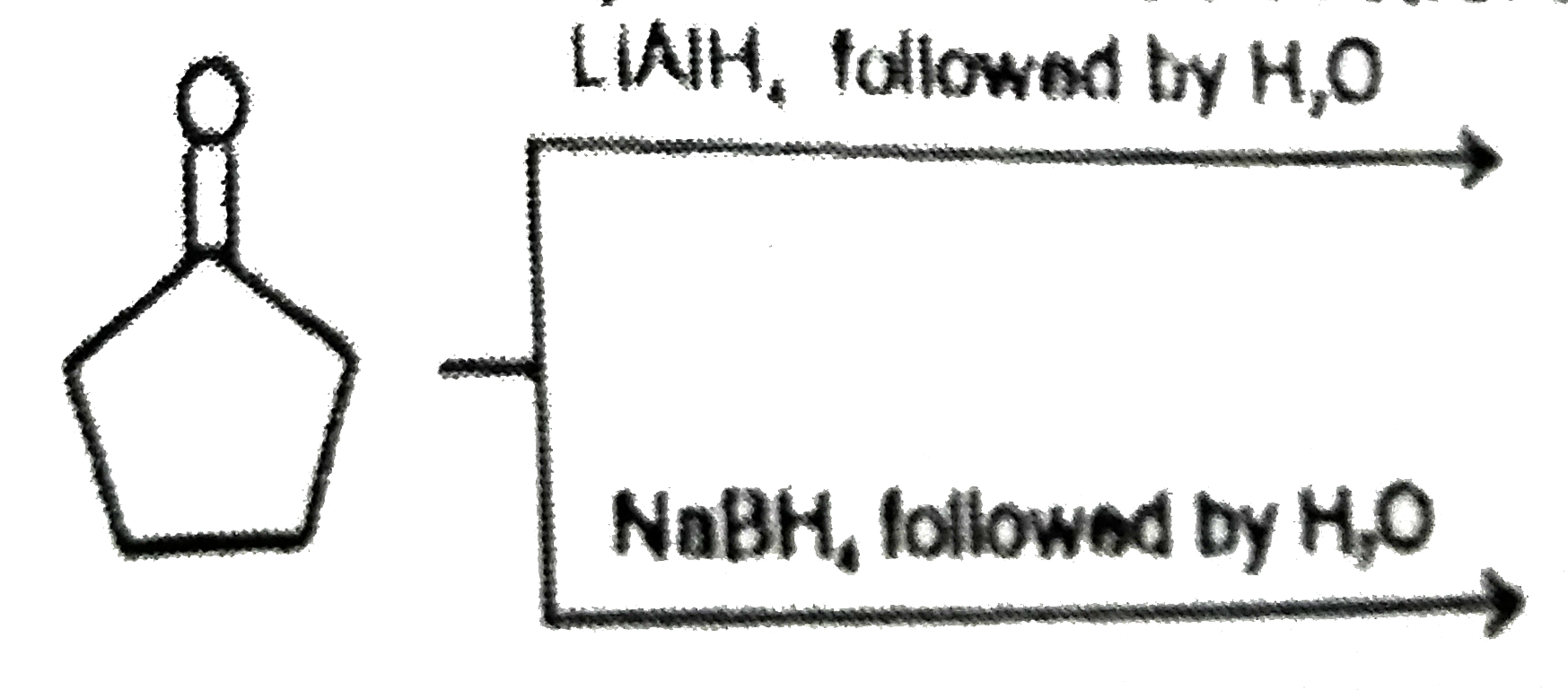What are three options to increase food production? Discuss each giving the salient features,merits and demerits.
Step-by-Step Solution:
1. Single Cell Protein (SCP)
Salient Features:
- SCP involves the cultivation of microorganisms (like bacteria, yeast, and fungi) to produce protein-rich biomass.
- The biomass is harvested and processed to be used as a food source.
Merits:
- High Protein Content: SCP is an excellent source of protein, which can help meet dietary needs.
- Waste Utilization: The process often uses waste materials or industrial effluents, reducing pollution and making it an environmentally friendly option.
Demerits:
- Potential Allergens: Some microorganisms used in SCP can cause allergic reactions in certain individuals.
- Toxic Substances: Certain microorganisms may produce harmful substances that can be detrimental to health.
2. Biofortification
Salient Features:
- Biofortification is the process of increasing the nutritional value of crops by enhancing their levels of vitamins and minerals.
- This can be achieved through traditional breeding methods or biotechnological approaches.
Merits:
- Increased Yield: Biofortification can lead to higher crop yields, contributing to food security.
- Enhanced Nutrition: It improves the nutritional quality of food, providing essential vitamins and minerals to the population.
Demerits:
- Costly Process: The techniques involved in biofortification can be expensive, requiring specialized knowledge and resources.
- Infrastructure Needs: It necessitates appropriate social infrastructure, which may be challenging to establish in certain regions.
3. Tissue Culture
Salient Features:
- Tissue culture is a technique where plant cells or tissues are cultured in a controlled environment to regenerate whole plants.
- This method is performed under sterile conditions in laboratories.
Merits:
- Disease-Free Plants: Tissue culture allows for the production of disease-free plants, which can significantly improve crop health and yield.
- Seedless Plant Production: It enables the propagation of seedless plants and can produce multiple plants from a single cell.
Demerits:
- Expertise Required: This technique requires highly skilled personnel to manage the laboratory processes, which may not be readily available.
- High Costs: The financial investment for equipment, technology, and maintenance in tissue culture labs is substantial.
---
- SCP involves the cultivation of microorganisms (like bacteria, yeast, and fungi) to produce protein-rich biomass.
- The biomass is harvested and processed to be used as a food source.
- High Protein Content: SCP is an excellent source of protein, which can help meet dietary needs.
- Waste Utilization: The process often uses waste materials or industrial effluents, reducing pollution and making it an environmentally friendly option.
- Potential Allergens: Some microorganisms used in SCP can cause allergic reactions in certain individuals.
- Toxic Substances: Certain microorganisms may produce harmful substances that can be detrimental to health.
- Biofortification is the process of increasing the nutritional value of crops by enhancing their levels of vitamins and minerals.
- This can be achieved through traditional breeding methods or biotechnological approaches.
- Increased Yield: Biofortification can lead to higher crop yields, contributing to food security.
- Enhanced Nutrition: It improves the nutritional quality of food, providing essential vitamins and minerals to the population.
- Costly Process: The techniques involved in biofortification can be expensive, requiring specialized knowledge and resources.
- Infrastructure Needs: It necessitates appropriate social infrastructure, which may be challenging to establish in certain regions.
- Tissue culture is a technique where plant cells or tissues are cultured in a controlled environment to regenerate whole plants.
- This method is performed under sterile conditions in laboratories.
- Disease-Free Plants: Tissue culture allows for the production of disease-free plants, which can significantly improve crop health and yield.
- Seedless Plant Production: It enables the propagation of seedless plants and can produce multiple plants from a single cell.
- Expertise Required: This technique requires highly skilled personnel to manage the laboratory processes, which may not be readily available.
- High Costs: The financial investment for equipment, technology, and maintenance in tissue culture labs is substantial.
Topper's Solved these Questions
- BOOK - NCERT EXEMPLAR ENGLISHCHAPTER - STRATEGIES FOR ENHANCMENT IN FOOD PRODUCTIONEXERCISE - Very short answer types Questions44videos
STRATEGIES FOR ENHANCMENT IN FOOD PRODUCTION
- BOOK - NCERT EXEMPLAR ENGLISHCHAPTER - SEXUAL REPRODUCTION IN FIOWERING PIANTSEXERCISE - Long Answer Type Questions5videos
SEXUAL REPRODUCTION IN FIOWERING PIANTS
Similar Questions
Knowledge Check
- Question 1 - Select One
All are the biotechnological applications in order to increase food production except
AapicultureBagro-chemical based agricultureCorganic farmingDgenetically engineered crop-based agriculture
…………….. help to increase the production of food.
View SolutionGive the merits and demerits of fish culture?
View SolutionName three domains of three domain system of classification. Give one salient feature of each domain.
View SolutionWhat is the product of each reaction
 View Solution
View SolutionWhat are 3 domains of life? Give 2 important features of each domain.
View SolutionFor increasing production, what is common in poultry, fisheries and bee-keeping?
View SolutionName the major divisions of classification. Give salient features of each of them
View Solution

